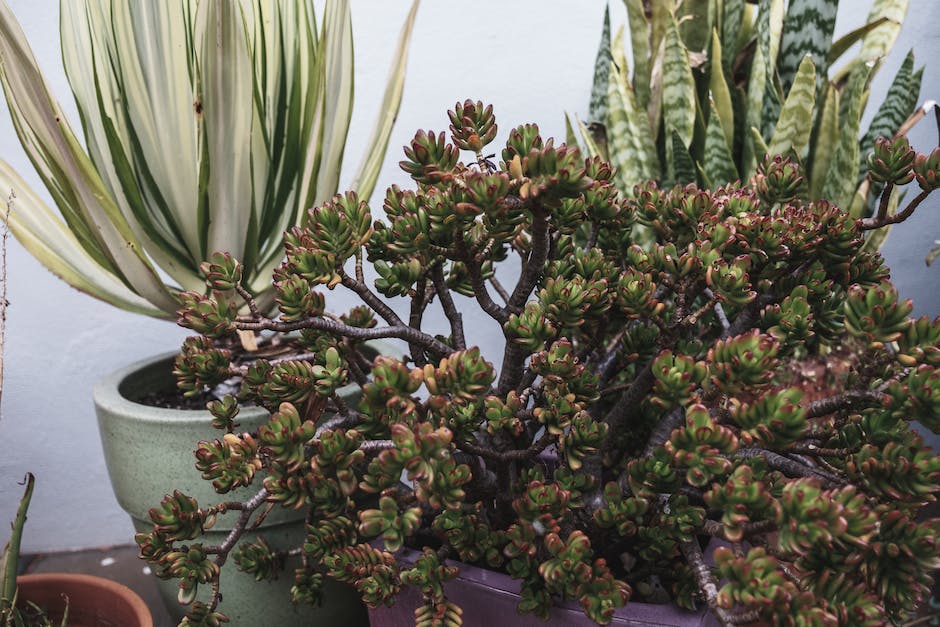The Essential Guide to Pruning Rubber Tree Plants

Pruning a rubber tree plant can seem like a complex task, particular for those who are new to the fine art of plant maintenance. The process, however, is a crucial part of the plant’s health and growth, fostering its development while allowing the caretaker to maintain a desired aesthetic. It’s critical to understand not only the how, but also the when of rubber tree plant pruning. Knowing the growth patterns of your plant, alongside its dormant and active phases, contributes to a safer and more efficient pruning process. After mastering the art of pruning, understanding post-pruning care — which includes cutting, watering, and providing the appropriate light and temperature — is equally as significant in ensuring your plant thrives.
Understanding When to Prune
Optimizing Pruning Time for Your Rubber Tree Plant: Know The “When” & “How”
Breathtakingly magnificent, with its shiny, dark green leaves and impressive height, the Rubber Tree Plant (Ficus elastica) is quite the spectacle within any indoor gardening enthusiast’s collection. This sturdy member of the fig family fits in just about anywhere. Caring for this gem, however, requires a touch of foresight and finesse, especially when it comes to pruning. So, today, let’s delve right into that crucial question: “When is the best time to prune a rubber tree plant?”
Just as timing is essential in comedy, so it is with the pruning of your rubber tree plant. Do it right, and you’re rewarded with a healthier, more robust plant. The best time to embark on this trimming journey is late winter or early spring, before the onset of the new growing season. This is because pruning triggers fresh growth, and doing so just before the plant’s natural growth spurt ensures the best results.
Pruning at this time facilitates the plant in focusing all of its energy on developing healthy new branches and leaves, rather than trying to repair old, perhaps damaged, existing growth. Moreover, it’s during this period that the plant is most vigorous and can easily overcome any stress caused by pruning. Furthermore, the increased sunlight in spring coupled with mild temperatures create the ideal conditions for photorespiration, aiding quicker recovery post-pruning.
But remember, optimal timing only goes so far without proper technique. Pruning should be done with clean, sharp shears, and cuts made should be clean, close to the main trunk, and angled. Cutting at an angle allows water to easily run off the pruned area, helping to avoid fungal issues.
While late winter or early spring constitute the best pruning time, unexpected situations like disease or pest attacks may require immediate action. This may include pruning outside of the optimal times. In such cases, sanitize your pruning tools and proceed cautiously to minimize plant distress.
Now you know when to prune your rubber tree plant. Don’t be shy with your pruning – remember, every cut is an opportunity for new growth, and even a heavy pruning can give you a bushier, more robust plant. Get your shears poised and ready as winter fades, and help your rubber tree plant embark on an incredible growth journey. The results are always rewarding, filling both your living spaces and hearts with verdant magnificence.

Pruning Techniques
Unleashing the Power of Pruning in Rubber Tree Plants: Advanced Techniques to Nurture Your Green Companion
The journey of pruning a rubber tree plant or ‘Ficus elastica’ begins with understanding its growth patterns and preferences, craving to foster its wellbeing. With trial, error, and time, hobbyists have channelled their green energy into mastering the art of pruning. This article presents a knowledgeable hobbyist’s guide to the techniques for pruning a rubber tree plant.
The primary objective in pruning any plant, including our rubbery friend, is fostering healthy growth patterns. In specific, constructing an aesthetic canopy. Whenever a branch is pruned, the rubber tree plant’s growth is directed towards the remaining branches. Maintaining the main stem as the tallest will ensure that the plant does not take on a disheveled or wild appearance.
Sometimes, the Rubber tree can be a bit too enthusiastic with its new leaves emerging in bunches. An advanced technique is to thin these out; ergo, promoting better light penetration and airflow. Aim to nurture a balance between older glossy leaves and fresh vibrant ones. Don’t worry; the plant will bounce back from your regulating snips.
Moreover, you need to be mindful of the “candles”- these are undeveloped branches that have not yet started to produce leaves. It might be tempting to snip these off for an even look, but beware! These candles can be the future bearers of lush foliage. Patience is key!
While we’ve talked about cleaning and sterilizing the shears before pruning, what we haven’t covered is how vital it is to keep an eye on the sap. The sap can sometimes collect on the shears and start to dry, making your cuts less clean and possibly harmful to the plant. Regularly wiping your shears during a pruning session will ensure that every cut you make is as clean as the first.
Pruning isn’t all about snipping and cutting, however. Shaping a rubber tree plant can also be done curve-style using the art of bending. If you notice a new branch starting to grow where you’d prefer not to have one, gently bend it away from that direction. Ensure to offer support such as a stick or a rope until the branch strengthens into its newly directed position.
Lastly, after-pruning care matters too. To heal the pruning wounds and protect from infections, dab a bit of cinnamon powder – nature’s own fungicide! This will also incentivize the rubber tree plant to thrive, fostering stunning greenery.
Excitingly, the power to sculpt your rubber tree plant’s future lies in your hands. Soak up these techniques, connect with your green companion, and let your pruning prowess shape it into its best version. When done right and with love, pruning becomes less of a chore and more of a mindful ritual that strengthens the symbiotic relationship between plant and parent.

Post-Pruning Care
Caring for your recently pruned Rubber Tree Plant is just as crucial as the act of pruning itself. This aftercare guarantees optimal healing for the plant and supports lush, robust new growth. It begins right after the last cut, but worry not, fellow hobbyists, it’s not as daunting as it sounds! Follow these straightforward steps to ensure the verdant vibrancy of your Ficus elastica.
Firstly,
assess the fresh wounds left from pruning. Make sure the cuts are clean without any ragged edges that could harbor pathogens or pests. Should any rough cuts be identified, gently refine them with clean, sharp shears. Remember, the healthier the cut in the beginning, the healthier the healing and growth process that follows.
Next comes a crucial step in aftercare:
ensuring successful wound healing. Just like an open wound on a human or pet, an open cut on a rubber tree can attract infection. To combat this, apply a natural wound sealing agent to the fresh cuts. Cinnamon, a natural fungicide, is perfect for the job. Dust a little onto the cuts; this not only stimulates faster healing but also acts as an excellent deterrent against fungal infections.
Rubber plants thrive on nutrients. After pruning, enriching the potting soil is a must to provide the plant with extra stamina. Compost or organic fertilizers can be used for this, remembering to always water well after application. However, be careful not to over-fertilize or over-water as it can cause the roots to rot or encourage disease.
One of the most prevalent issues after pruning is the stress experienced by the plant. The best way to counteract this is to maintain a stable environment for your rubber tree plant. Keep it away from direct sunlight and ensure it’s in a spot with stable temperatures (ideally, around 60 – 75°F). Also, resist the temptation to move your plant about. Rubber plants ought to be given ample time to stabilize after the pruning process without any unnecessary shifts or changes.
Lastly, observe your rubber tree plant in the weeks following pruning. Keep an eye out for any new growth and monitor its overall health. Note any changes in leaf color, unusual spots, or excessive leaf drop which could indicate that the plant isn’t responding well to the pruning process.
Nurturing a rubber tree plant becomes an invigorating journey when you understand the importance of everything from mindful cutting to patient aftercare. Keeping these rubber-loving pointers in mind will ensure your Ficus elastica flourishes after pruning, and continue to be a lush green centerpiece in your splendid hobby as a plant connoisseur. Happy gardening!

While there may be methods that require more advanced knowledge and practice, the basics of pruning a rubber tree plant are quite attainable for anyone willing to learn. The beauty of pruning lies in its blend of practicality and creativity, allowing the individual to both maintain their plant’s health and sculpt its form. As you become more comfortable with pruning techniques, identifying when it is the right time to prune, and mastering the post-pruning care, you’ll be able to guide your rubber tree plant on its own unique journey of growth. Remember, like all skills, practice and patience are key components of mastering these techniques. Not only will your rubber tree benefit from this attention to detail, but you’ll also cultivate a deeper understanding and appreciation for these magnificent plants.



